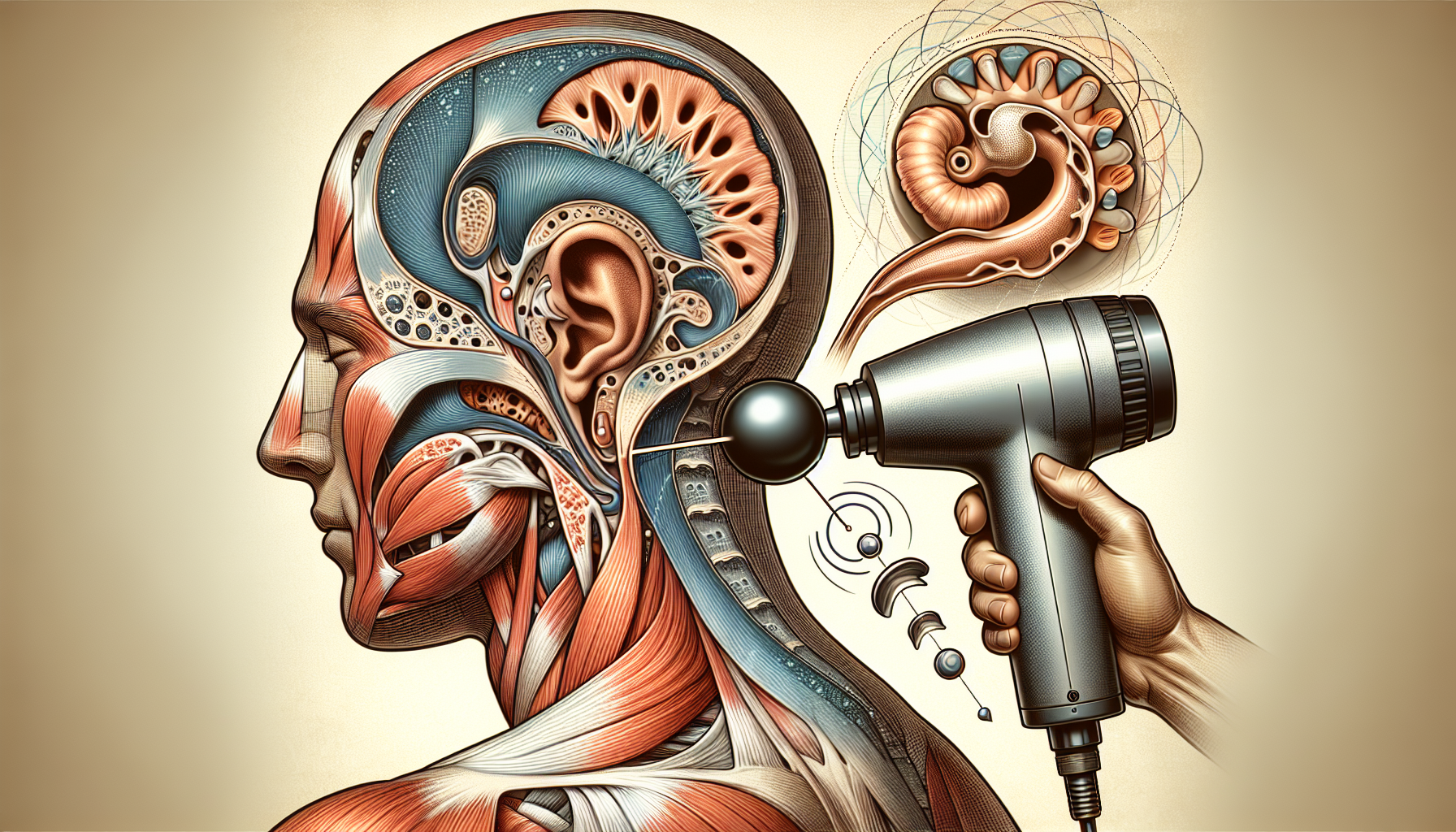Racial Disparities in Myasthenia Gravis Experiences and Concerns
Key Takeaways
- Black and Hispanic individuals with Myasthenia Gravis (MG) report more negative experiences and poorer treatment outcomes compared to Asian and White patients.
- One significant barrier to effective treatment for Black and Hispanic MG patients is the cost and insurance coverage, which affects their ability to access necessary care.
- The disparities in experiences and treatment significantly impact the quality of life for Black and Hispanic patients, indicating a need for healthcare systems to address racial inequalities within MG care.
Did You Know?
Introduction to Myasthenia Gravis
Myasthenia Gravis (MG) is a rare autoimmune disorder marked by significant muscle weakness and fatigue. This condition can severely impact the quality of life, making daily activities challenging for those affected. The disease is characterized by the immune system mistakenly attacking healthy cells, leading to neuromuscular junction dysfunction.
Racial Disparities in MG Experiences
Recent studies have highlighted a concerning trend: Black and Hispanic individuals with MG often report more negative experiences compared to their Asian and White counterparts. These experiences range from the initial diagnosis to ongoing treatment and management of the condition. The disparity is evident in various aspects of care and support, suggesting a deeper, systemic issue within healthcare accessibility and quality.
Black patients, in particular, have reported a higher rate of misdiagnosis and less effective treatment outcomes. This group also discusses the significant impact of MG on their lives more frequently than other races, pointing to a need for improved diagnostic and treatment approaches tailored to their specific needs.
Barriers to Effective Treatment
One of the major barriers faced by Black and Hispanic patients is the cost and insurance coverage for MG treatments. These patients are more likely to express concerns over the affordability of care, which can delay or prevent access to necessary treatments. This financial burden adds to the stress and health complications associated with managing a chronic condition like MG.
Additionally, the lack of efficacy and adverse side effects from treatments are common concerns across all racial groups, yet they are more pronounced in minority populations. This could be attributed to variations in treatment responses, which may not be adequately addressed in current medical protocols.
Impact on Quality of Life
The negative experiences and barriers to effective treatment significantly affect the quality of life for Black and Hispanic MG patients. The constant struggle with symptoms, coupled with the challenges in accessing adequate care, can lead to feelings of frustration and helplessness. It is crucial for healthcare providers to recognize these challenges and work towards more inclusive and effective healthcare solutions.
Conclusion
The disparities in the experiences and treatment of Black and Hispanic individuals with Myasthenia Gravis highlight a critical need for healthcare systems to address racial inequalities. By understanding and addressing the specific challenges faced by these communities, healthcare providers can improve outcomes and enhance the quality of life for all MG patients.






